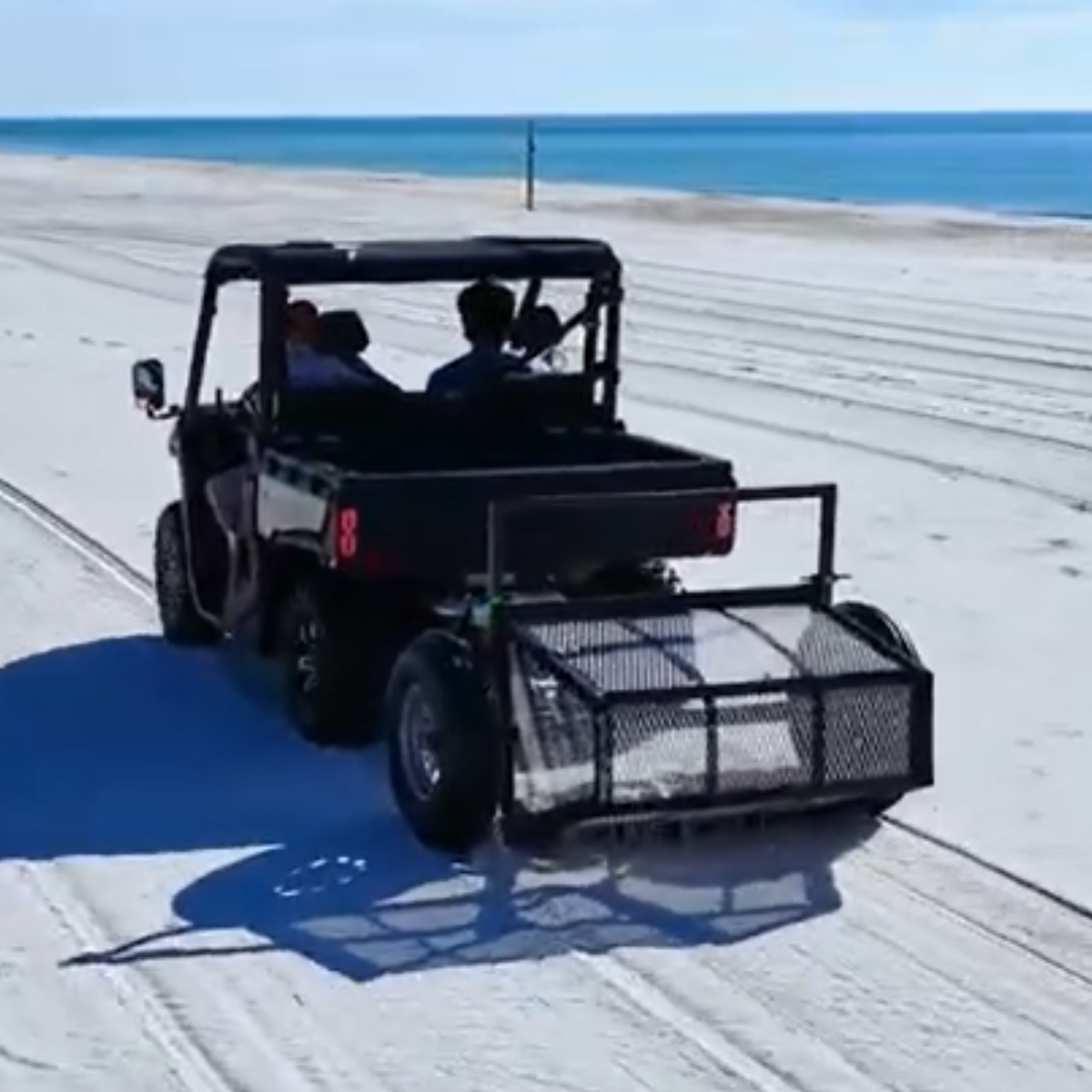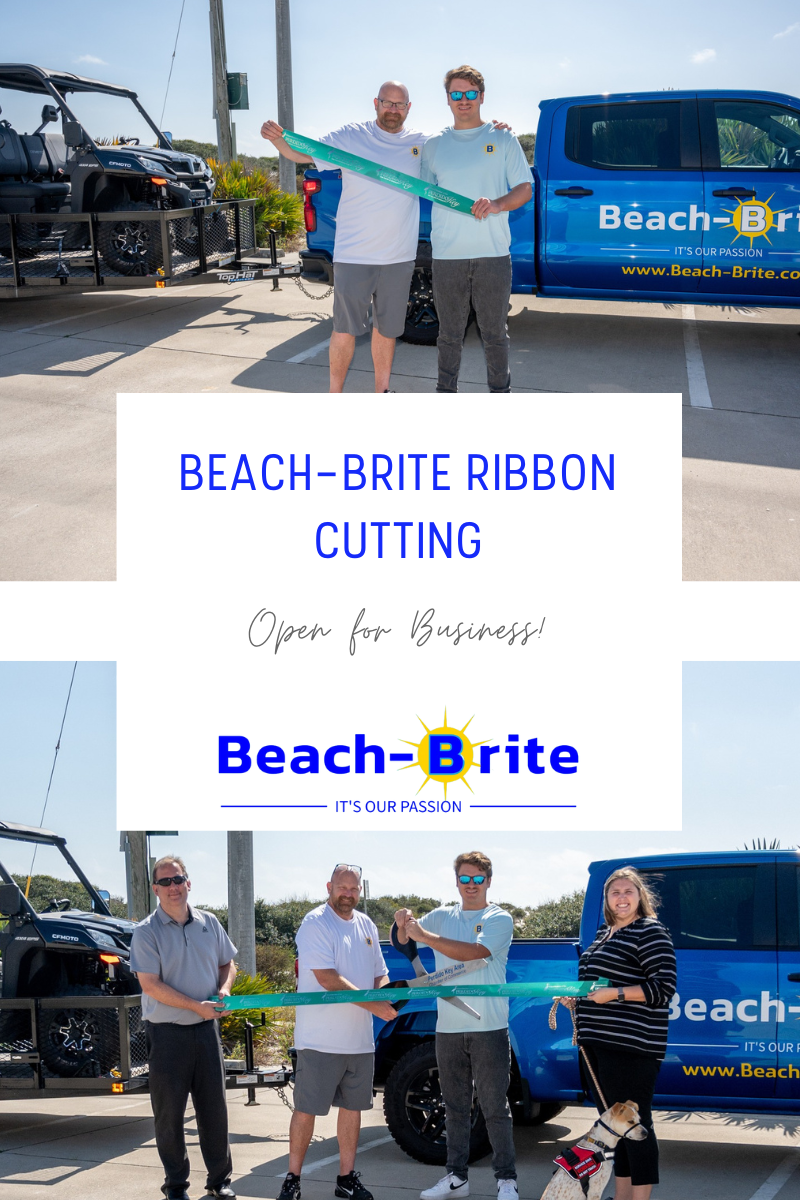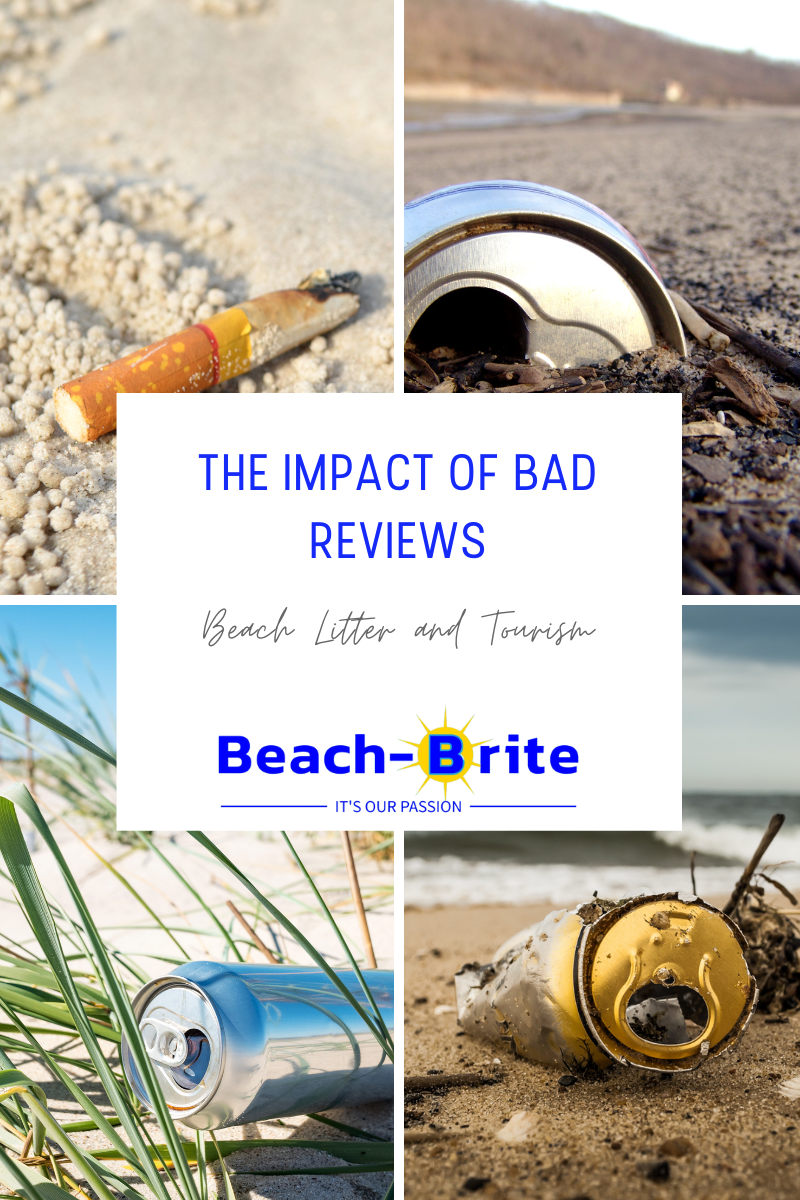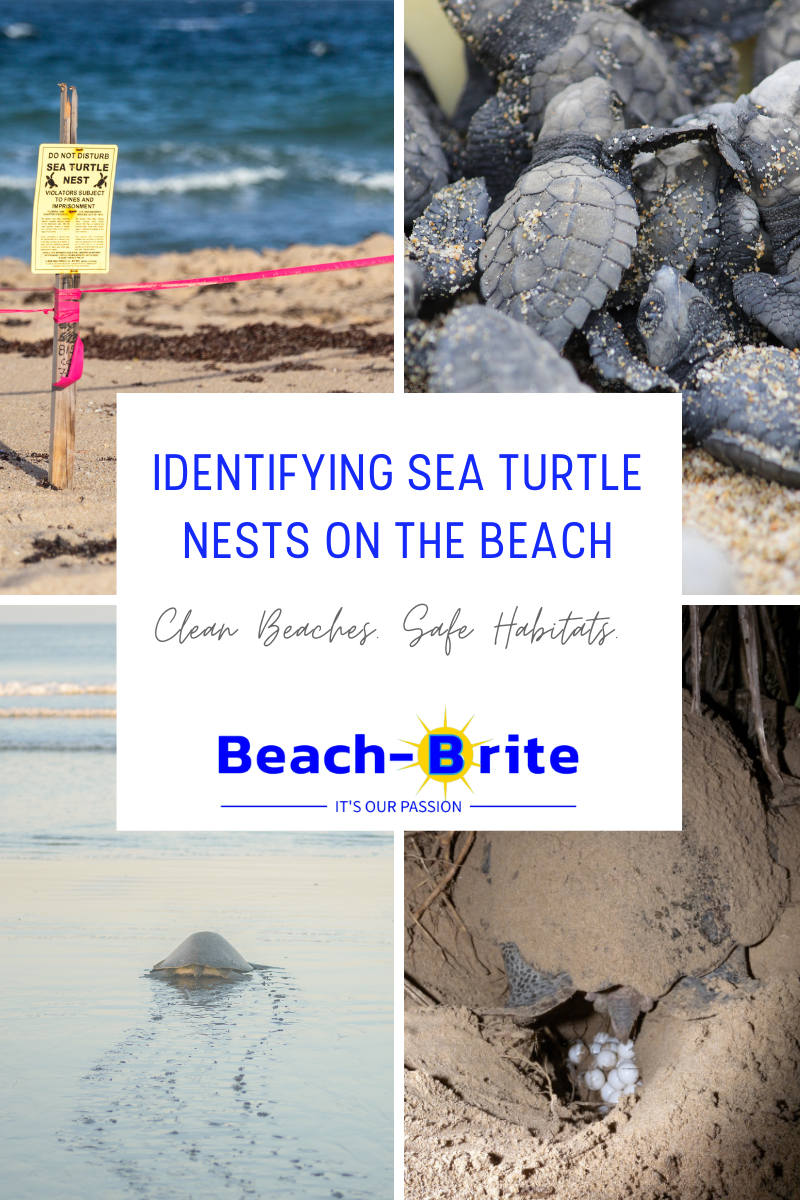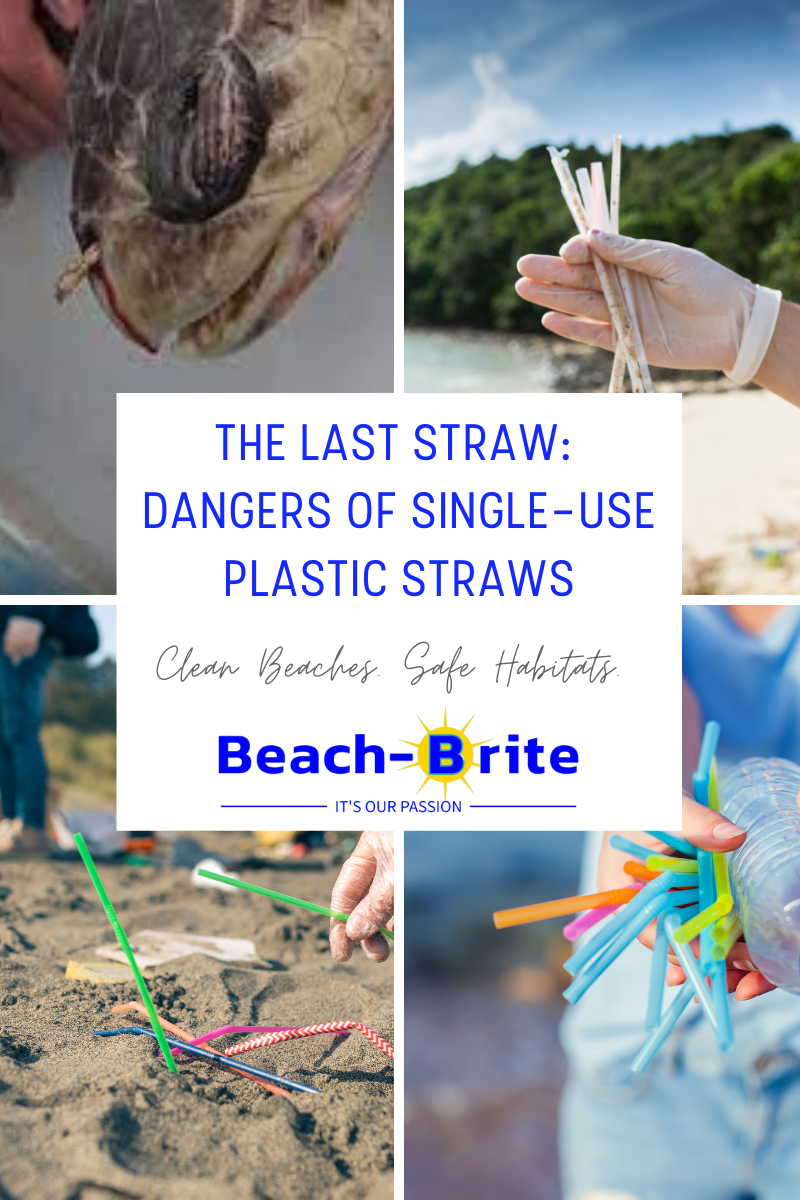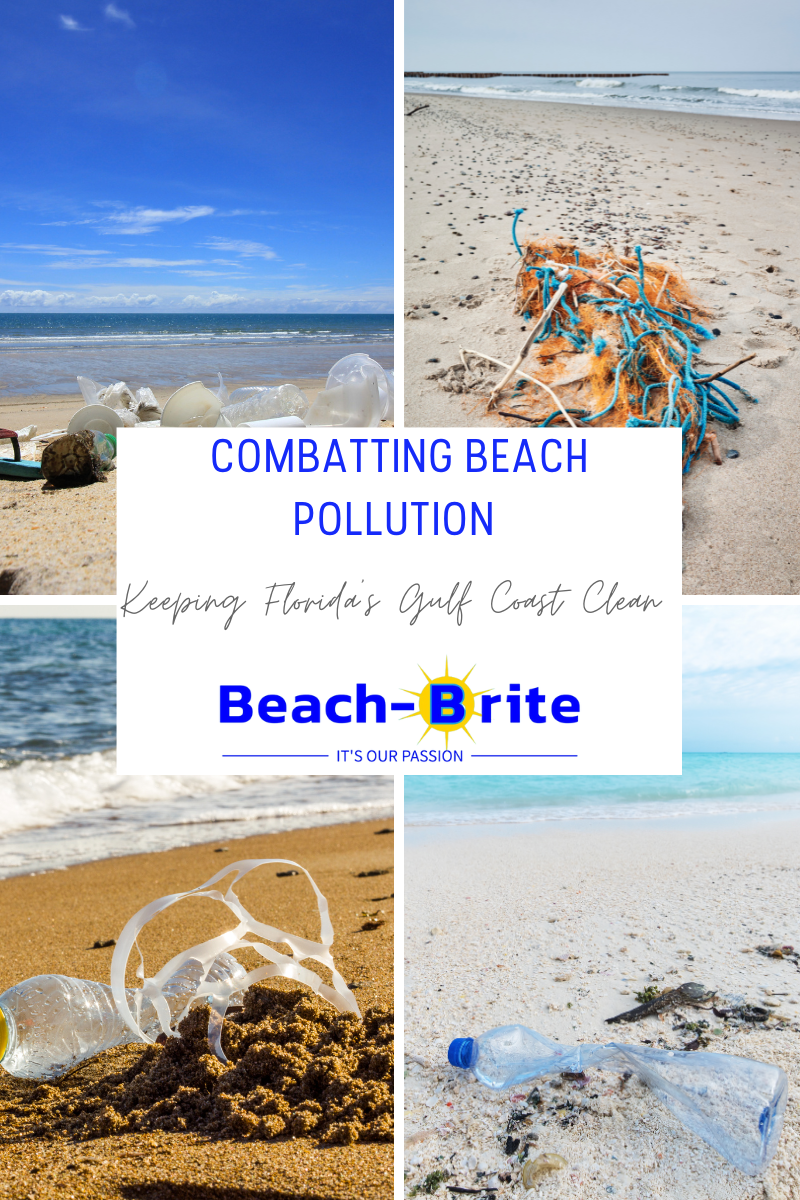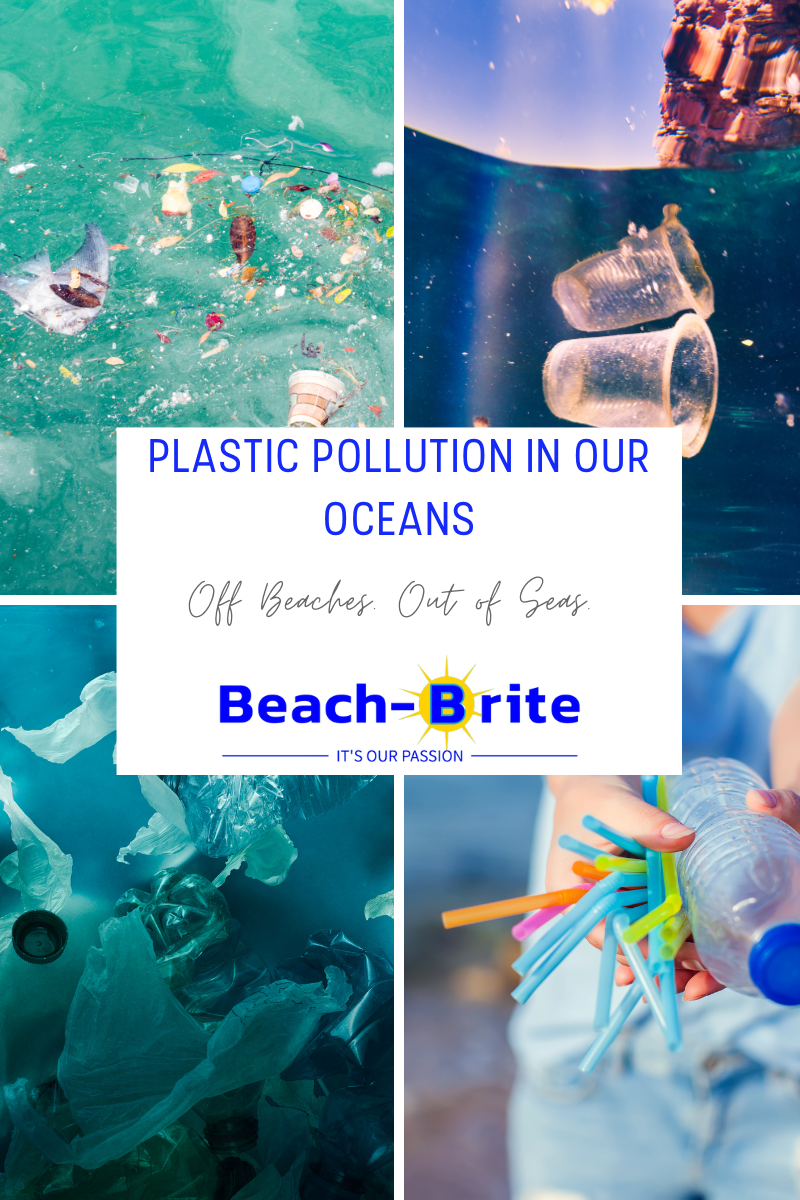Endangered Sea Turtles on Florida Panhandle
Beach Threats to Sea Turtles on the Florida Panhandle: A Looming Crisis
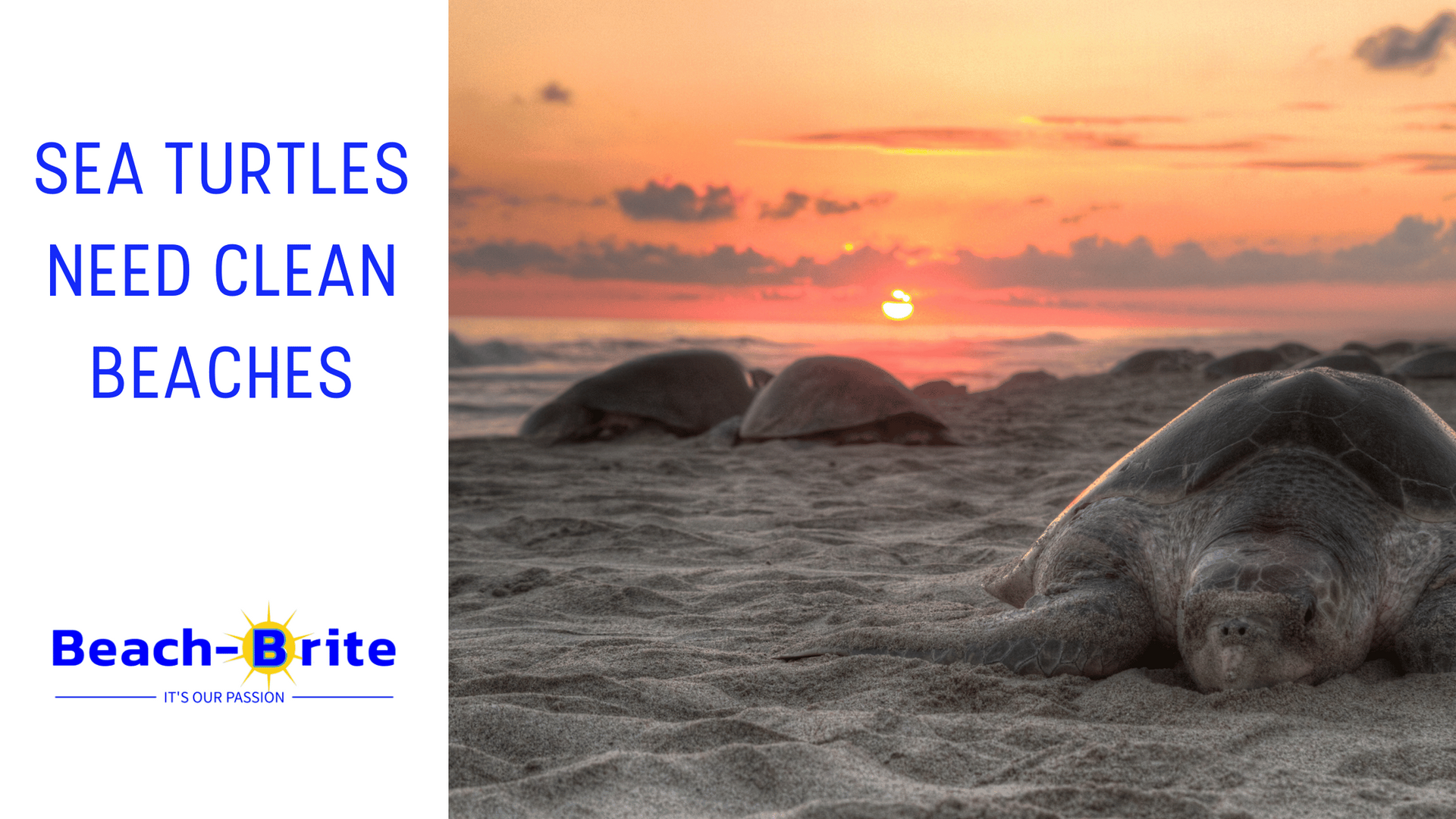
With its azure waters and pristine beaches, the Gulf of Mexico is a vital habitat for various marine species, including the majestic sea turtles.
These ancient creatures have been navigating the world's oceans for millions of years, but their survival faces significant threats due to human activities.
While sea turtles face dangers throughout their life cycle, this article will focus on the specific threats they encounter on the beaches of the Gulf of Mexico.
Sea Turtle Species in the Gulf
The Gulf of Mexico serves as a crucial nesting ground and foraging area for several sea turtle species, including the loggerhead (Caretta caretta), green (Chelonia mydas), Kemp's ridley (Lepidochelys kempii), and hawksbill (Eretmochelys imbricata) turtles.
Each of these species plays a unique role in the marine ecosystem, and their survival is essential to maintaining the balance of the Gulf's biodiversity.
Escambia County, Florida is home to several vulnerable, threatened and endangered sea turtle species.
Escambia County Threatened and Endangered Sea Turtle Species
Green Sea Turtle: Imperiled Species Status
Loggerhead Sea Turtle: Vulnerable Species Status
Kemp's Ridley Sea Turtle: Critically Imperiled Status
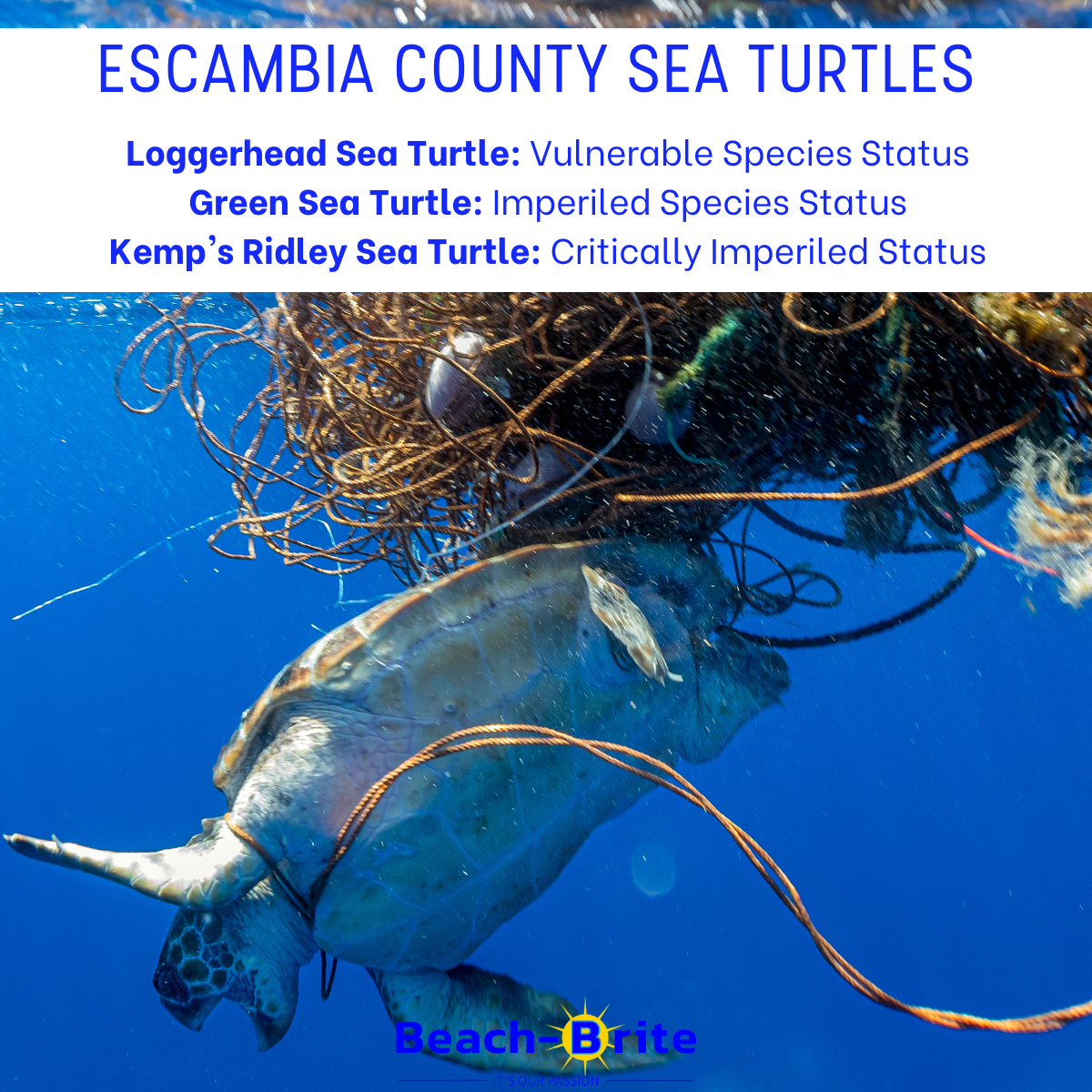
Threats to Sea Turtles on Gulf Coast Beaches
Habitat Destruction and Development: One of the most significant threats to sea turtles in the Gulf of Mexico is habitat destruction and coastal development. As human populations grow, so does the demand for waterfront properties and infrastructure. The construction of buildings, roads, and beachfront resorts can disrupt nesting habitats, disorient hatchlings, and make it difficult for adult turtles to access nesting sites.
Artificial Lighting: Sea turtles rely on natural light cues, like moonlight, to navigate and find their way to the sea after hatching. Artificial lighting from beachfront properties can disorient hatchlings, leading them away from the water and towards potential danger, such as busy roads or predation. Additionally, adult females may be deterred from nesting on brightly lit beaches, reducing the number of successful nests.
Predation: Nest predation is a natural threat to sea turtle eggs and hatchlings, but human activities can exacerbate the problem. Beaches with easy access for predators like raccoons, foxes, and feral dogs can result in the destruction of nests and a reduced survival rate for hatchlings.
Pollution: Pollution in the Gulf of Mexico poses a severe threat to sea turtles. Plastic debris in the water can be ingested by turtles, leading to ingestion-related health issues and potential death. Oil spills, a recurring problem in the Gulf, have catastrophic consequences for marine life, including sea turtles.
Climate Change: Rising sea levels and increased temperatures associated with climate change can impact sea turtle nesting habitats. Beach erosion and changing sand temperatures can affect nest viability, potentially leading to a decline in sea turtle populations.
Conservation Efforts and Solutions
Beach-Brite is on the front lines of sea turtle conservation in Escambia County, Florida. Since we're on the beach daily, we are on the lookout for sea turtle nesting sites. When one is found, we make all the necessary contacts to protect the nest from unknowing beachgoers.
Beyond that, each day, we are on the beaches of Perdido Key, Pensacola, Escambia County, and the surrounding areas, ensuring the beach habitats are clean and litter-free. We serve residential, commercial, public, and private beaches along the Gulf shore of Northwest Florida.
The conservation of sea turtles in the Gulf of Mexico requires a concerted effort from governments, organizations, and individuals. Here are some essential steps that can help mitigate the threats facing these incredible creatures:
Nest Protection: Simple signage around identified sea turtle nests helps beachgoers avoid inadvertently disrupting a nest.
Beach Restoration: Restoring and preserving natural beach habitats and dunes gives sea turtles the space they need to nest.
Light Management: Artificial lights confuse freshly hatched sea turtles. It can make the turtles get lost on their way to the sea. By limiting lights along the beach, we can make sure sea turtles make it back to the sea.
Pollution Reduction: By providing and maintaining additional beach trash cans, Beach-Brite gives beachgoers a place to contain their trash and reduce beach litter. Daily litter and plastic pollution directly from our Panhandle beaches leave us with beautiful beaches and safe sea turtle habitats.
Sea turtles are not only charismatic symbols of our oceans but also vital components of the Gulf of Mexico's ecosystem. Their survival is closely intertwined with the health of this unique marine environment. By addressing the threats they face on Gulf Coast beaches and implementing conservation measures, we can ensure that these ancient mariners continue to grace our waters for generations to come. It is our responsibility to protect and preserve their habitat, as well as the delicate balance of life in the Gulf of Mexico.
If you're concerned about the sea turtles who call your beach home, take action today to ensure the safety of their nesting sites.
We can regularly clear your beach of litter and plastic pollution that can harm Florida's endangered sea turtles.
Contact us today to set up your beach cleaning service.


